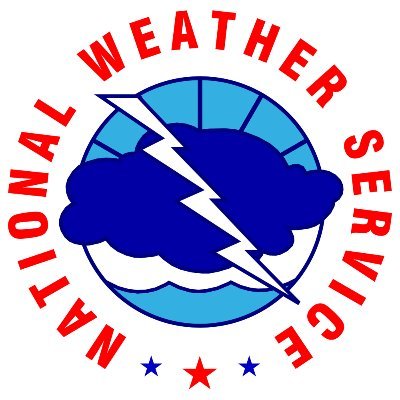Another possibly bad omen for the hurricane season.
Due to staffing constraints, as a result of recent budget cuts and retirements, the National Weather Service has announced a series of suspensions involving weather balloon launches in recent weeks.
On February 27, it was announced that balloon launches would be suspended entirely at Kotzebue, Alaska due to staffing shortages. In early March, Albany, NY and Gray, Maine announced periodic disruptions in launches. Since March 7th, it appears that Gray has not missed any balloon launches through Saturday. Albany, however, has missed 14 of them, all during the morning launch cycle (12z).
The kicker came on Thursday afternoon when it was announced that all balloon launches would be suspended in Omaha, NE and Rapid City, SD due to staffing shortages. Additionally, the balloon launches in Aberdeen, SD, Grand Junction, CO, Green Bay, WI, Gaylord, MI, North Platte, NE, and Riverton, WY would be reduced to once a day from twice a day.
[…]
But in general, satellites cannot yet replace weather balloons. They merely act to improve upon what weather balloons do. A study done in the middle part of the last decade found that wind observations improved rainfall forecasts by 30 percent. The one tool at that time that made the biggest difference in improving the forecast were radiosondes. Has this changed since then? Yes, almost certainly. Our satellites have better resolution, are capable of getting more data, and send data back more frequently. So certainly it’s improved some. But enough? That’s unclear.
An analysis done more recently on the value of dropsondes (the opposite of balloon launches; this time the sensor is dropped from an aircraft instead of launched from the ground) in forecasting west coast atmospheric rivers showed a marked improvement in forecasts when those targeted drops occur. Another study in 2017 showed that aircraft observations actually did a good job filling gaps in the upper air data network. Even with aircraft observations, there were mixed studies done in the wake of the COVID-19 reduction in air travel that suggested no impact could be detected above usual forecast error noise or that there was some regional degradation in model performance.
[…]
In reality, the verdict in all this is to be determined, particularly statistically. Will it make a meaningful statistical difference in model accuracy? Over time, yes probably, but not in ways that most people will notice day to day.
However, based on 20 years of experience and a number of conversations about this with others in the field, there are some very real, very serious concerns beyond statistics. One thing is that the suspended weather balloon launches are occurring in relatively important areas for weather impacts downstream. A missed weather balloon launch in Omaha or Albany won’t impact the forecast in California. But what if a hurricane is coming? What if a severe weather event is coming? You’ll definitely see impacts to forecast quality during major, impactful events. At the very least, these launch suspensions will increase the noise to signal ratio with respect to forecasts.
In other words, there may be situations where you have a severe weather event expected to kickstart in one place but the lack of knowing the precise location of an upper air disturbance in the Rockies thanks to a suspended launch from Grand Junction, CO will lead to those storms forming 50 miles farther east than expected. In other words, losing this data increases the risk profile for more people in terms of knowing about weather, particularly high impact weather.
There’s more, so read the rest and remember that we’re expecting a busy hurricane season. We’re much better at weather forecasting now, especially for big weather events, because we have access to more data. The effect of these cuts is to reduce the amount of data we have, with predictable results. This is one of those situations where maybe nothing bad happens this year or for the next few years, but the odds of something bad happening due to degraded data have increased, and will eventually catch up to us. When that happens, who knows how bad it will be. The scope of the next disaster is growing.

